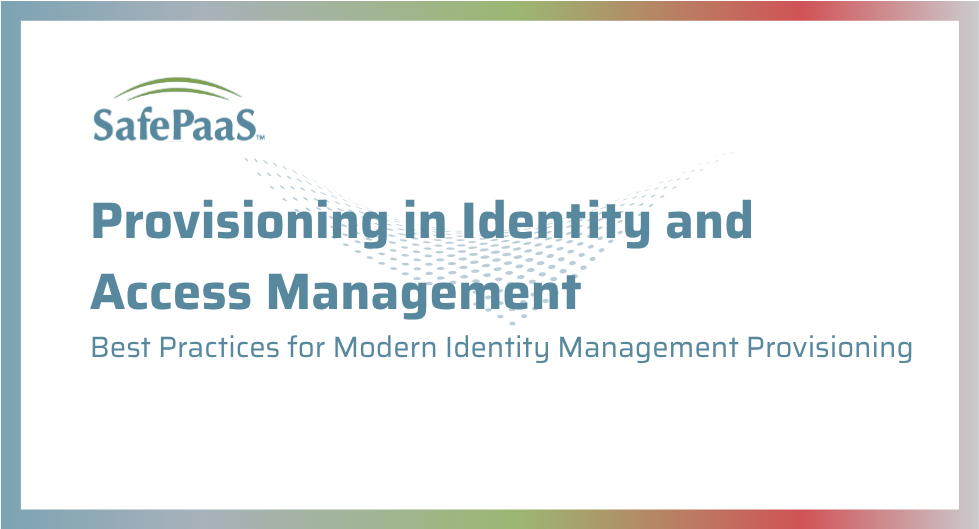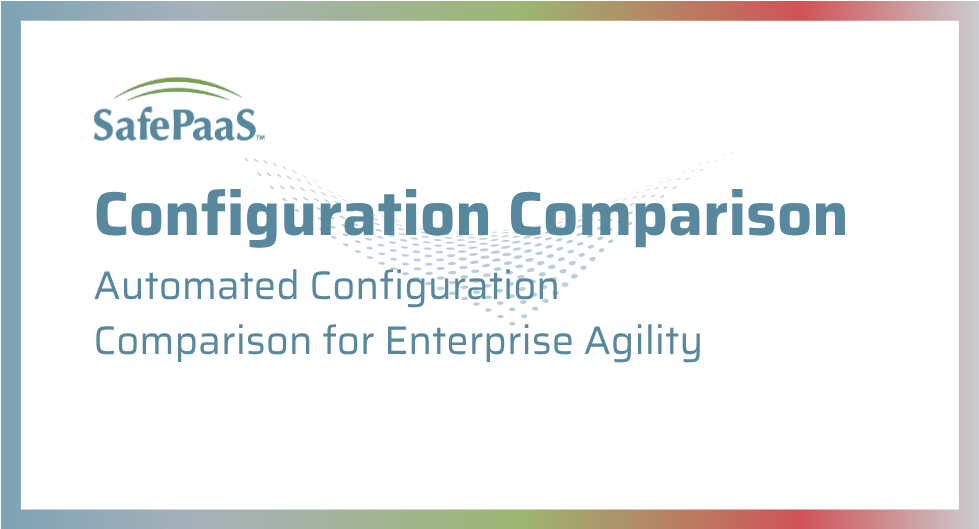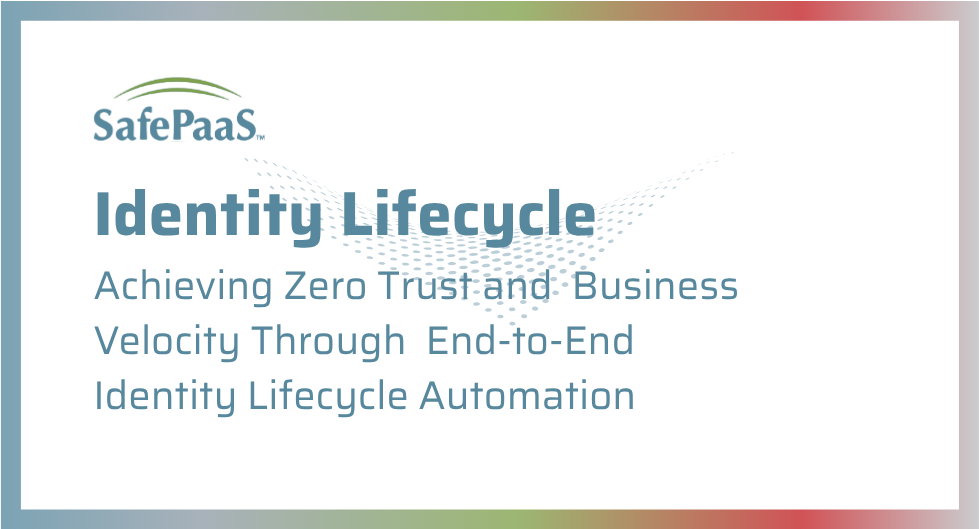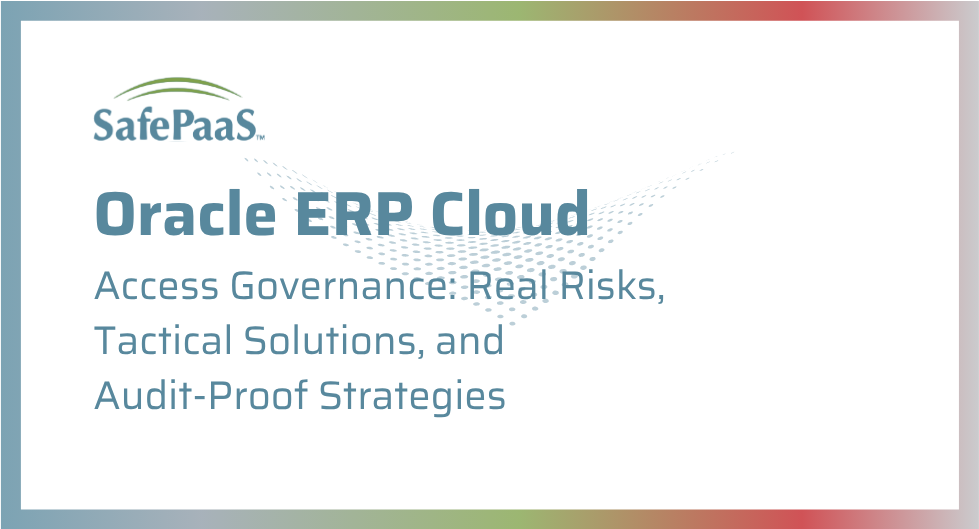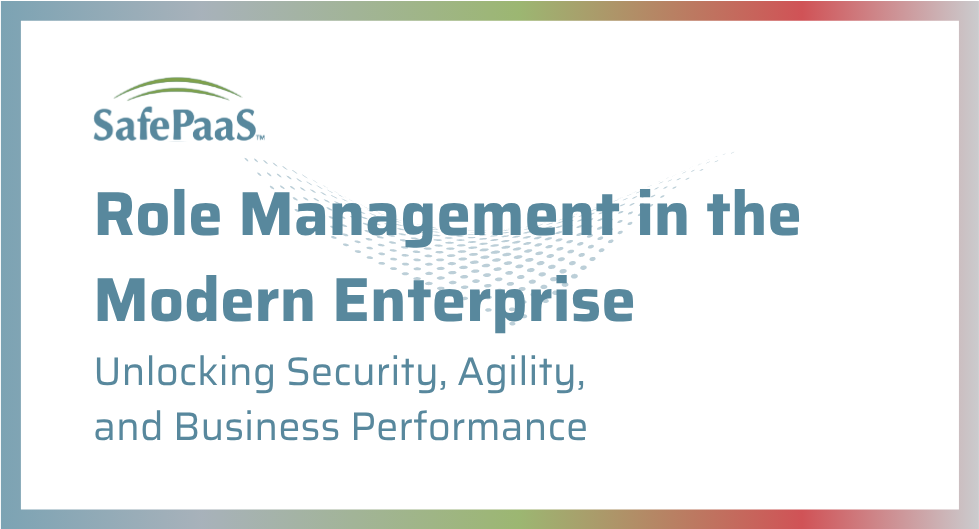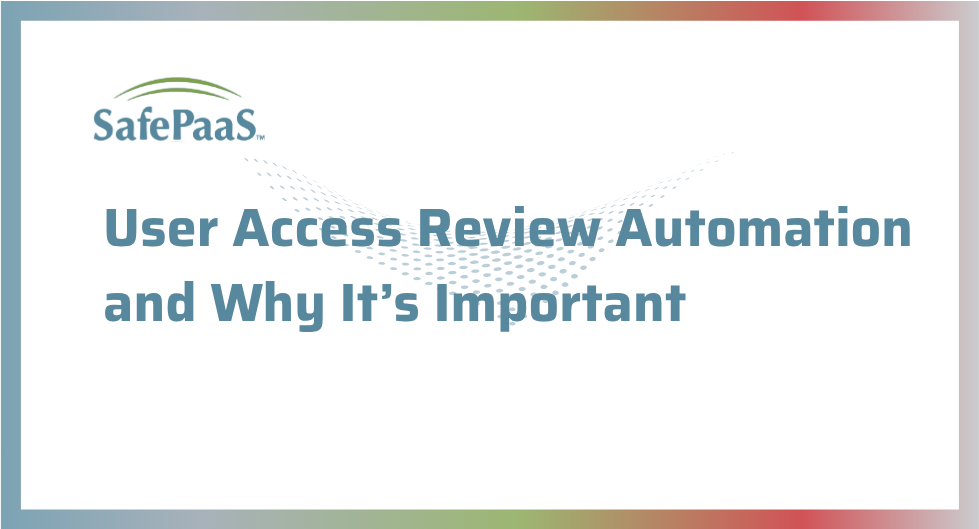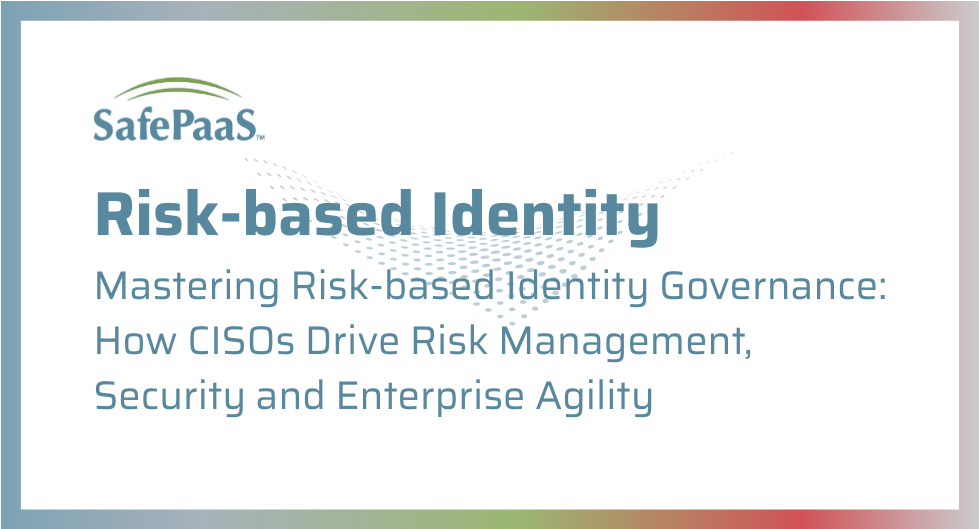Provisioning in identity and access management is a business-critical function that determines how fast your organization can move, how secure your systems remain, and how confidently you can govern identity access across an expanding business. Done right, it reduces risk, accelerates productivity, and ensures the right people have the right access at the right time. Done poorly, it creates gaps that attackers exploit, frustrates users, and puts sensitive data at risk.
This blog explores the evolution of identity management provisioning, why it matters for modern enterprises, and best practices to put in place to reduce vulnerabilities while keeping your organization agile.
Why Provisioning in Identity and Access Management Matters
Provisioning in identity and access management is the process of creating, updating, and removing user accounts and entitlements across systems, applications, and data. It defines the life cycle of digital identities, from onboarding a new hire on Day 1, to modifying access as roles change, to fully deprovisioning access upon departure.
At a business level, provisioning plays a critical role in three areas:
- Security: The majority of breaches involve compromised credentials or overly broad access. Controlling provisioning ensures users only get what they need,no more, no less.
- Productivity: Employees and contractors need access instantly. Manual provisioning delays directly impact how quickly teams can contribute.
- Governance: Regulatory compliance adds pressure, but the true value of effective provisioning lies in maintaining control over who has access to what, minimizing exposure, and tightening oversight.
By elevating provisioning beyond compliance, organizations strengthen enterprise-wide security while gaining the efficiency needed to support business transformation.
Challenges in Identity Management Provisioning
Despite being a foundational element of identity and access management, provisioning continues to be a pain point. Common challenges include:
- Manual processes: Relying on IT tickets and helpdesk intervention creates delays and inconsistencies.
- Over-provisioning: Without fine-grained policies, users are often given more access than necessary, increasing risk.
- Shadow IT and SaaS sprawl: New applications appear faster than IT can provision or deprovision access, leaving hidden gaps.
- Identity silos: Legacy systems and cloud-first applications are rarely integrated, slowing down provisioning workflows.
- Audit complexity: Tracking access changes across hybrid environments is time-consuming and error-prone without centralized controls.
Ignoring these challenges leads to unnecessary risk exposure, especially in enterprises with high workforce turnover, contractors, or shifting access requirements.
Best Practices for Modern Identity Management Provisioning
The following best practices guide security leaders to move beyond the basics of provisioning and build a mature identity management provisioning model that supports growth, flexibility, and resilience.
Automate Provisioning Workflows
The most effective programs automate onboarding, role changes, and deprovisioning. Automation ensures consistency, keeps access rights tightly aligned with policies, and eliminates delays caused by manual IT intervention. When provisioning workflows are embedded into an identity governance framework, they can also automatically enforce segregation-of-duties (SoD) and compliance policies, ensuring secure provisioning at scale.
Role and Policy-Driven Provisioning
To minimize the risk of over-provisioning, provisioning decisions should combine role-based access controls (RBAC) with fine-grained policy-based access controls (PBAC). Roles provide a baseline by granting appropriate entitlements tied to job functions,for example, finance associates receive finance-related applications while developers gain repository access. Policies then add context and precision, ensuring access is refined by attributes such as location, time, device, or project assignment. This dual approach ensures identity management provisioning remains both consistent and adaptive, repeatable across the enterprise, yet flexible enough to align with real-time business needs and security requirements.
Accelerate Deprovisioning
One of the largest risks organizations face comes at the end of the identity lifecycle,when access is not removed quickly enough after role changes or departures. Attackers often exploit dormant credentials. Automating deprovisioning ensures access is revoked immediately when no longer required, eliminating one of the most common sources of insider risk.
Centralize Identity Governance
Strong provisioning does not happen in isolation. It requires visibility, monitoring, and governance at scale. Integrating provisioning workflows into identity governance and administration software centralizes oversight across cloud, hybrid, and on-premises systems. This strengthens accountability and simplifies reporting for audits, while ensuring provisioning decisions support enterprise security objectives.
Ensure Continuous Access Certification
Provisioning is not a one-time event. As roles evolve, employees take on projects, or external contractors complete engagements, access needs continuous validation. Integrating provisioning with periodic access reviews ensures assigned rights remain appropriate over time, preventing privilege creep and keeping entitlement assignments aligned with policy.
Business Impact of Optimized Provisioning
The payoff from effective identity management provisioning extends well beyond compliance. The return on investment is clear:
- Reduced risk of breaches: By minimizing excessive access, automated provisioning closes a frequent attack vector.
- Faster productivity: Automating onboarding and access requests helps new employees deliver value faster.
- Operational efficiency: Eliminating manual provisioning tickets reduces IT workload and lowers support costs.
- Stronger governance: Audit-ready documentation of who has access, when, and why eliminates complexity during reviews.
- Agility at scale: Modern enterprises can confidently adopt SaaS, cloud, and hybrid applications without expanding their threat surface.
Future of Identity Management Provisioning
Looking ahead, provisioning will continue to evolve alongside enterprise architectures. Zero Trust security models demand identity-centric access controls, where provisioning policies adapt dynamically to context. Artificial intelligence and machine learning will also shape the next generation of provisioning, helping identify anomalous access patterns, suggest more efficient role designs, and predict security risks before they materialize.
Provisioning in identity and access management will no longer be treated as back-office plumbing. Instead, it becomes a strategic enabler of digital resilience. Organizations that prioritize secure, automated provisioning today are setting the foundation for sustainable growth and innovation tomorrow.
Provisioning in identity and access management is central to securely enabling business transformation. Organizations that elevate identity management provisioning beyond compliance tasks and embed it into their security strategy will see improved risk management, stronger governance, and more efficient operations.
By adopting automation, aligning provisioning with fine-grained PBAC, and embedding governance, your organization can stay ahead of today’s threats while enabling the workforce to move at the speed of business.
For a deeper look at how enterprises implement these practices, explore solutions designed for modern identity and access management, built with advanced controls, automation, and identity governance and administration software capabilities.
